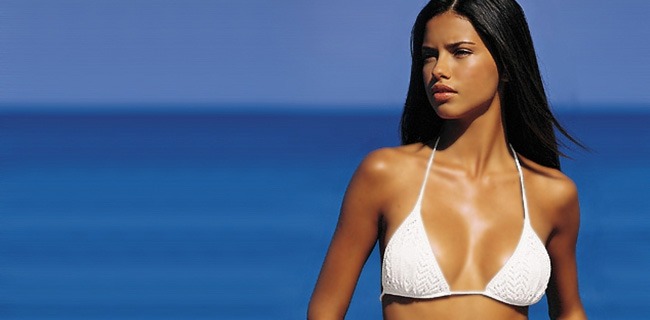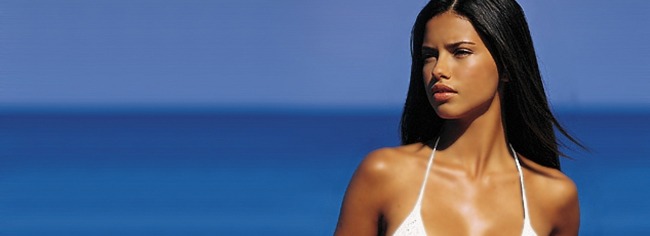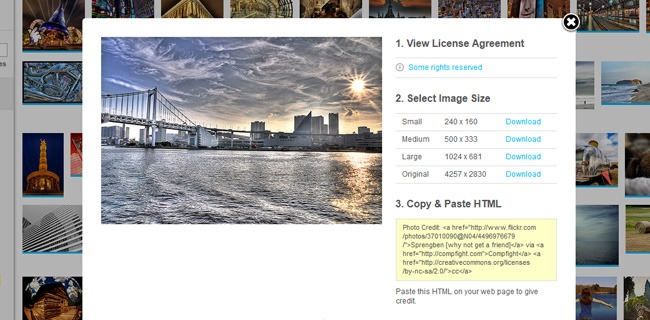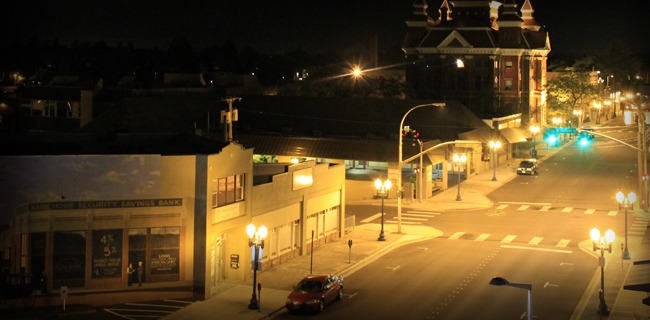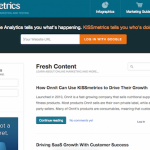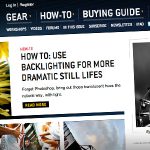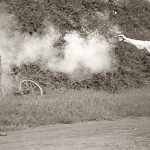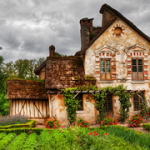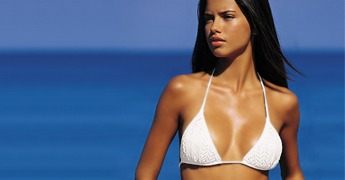
You shouldn’t judge a book by its cover. But that doesn’t stop millions of people from doing exactly that every day.
Everyone makes value judgments based on appearances. Unfortunately for me, that means I’ll probably never land a date with Adriana Lima (below).
It also means that simply having well-written articles on your blog isn’t good enough. A good blog post has to look good too — and that means using images to make your blogs stunningly beautiful.
How to Improve Your Blog with Images
How Beautiful Images Benefit a Blog
When you use quality images on your blog, readers associate your blog with that same level of quality. When you use dull or generic images not only will readers not click on your posts, they’ll also assume your content is dull and generic too. So use images that reflect how exciting, interesting, and beautiful you blog is (more on how to find those images below).
These types of high-quality images don’t just improve the perception of your website, but they increase its “stickiness” as well. Visitors are more likely to click on an article when the post image catches their eye or inspires a bit of curiosity.
Good images also help to make your post more likely to be shared on social networks. For instance, when someone shares an article on Facebook they have the option to choose one of the images contained on the page. If you want your content to go viral, you’d better make sure it contains some great images.
The Importance of Putting an Image Above the Fold
On most computer screens, the above image peeks just above the fold when this page loads. That means that every reader is guaranteed to see that there’s an image there — and almost every reader is going to scroll down and see what the image contains. Chances are, those readers are going to read the headline below the picture next… and so on and so on.
Simply convincing your viewers to begin reading and scrolling down is a big hurdle and it’s hugely important. It’s so important, in fact, that Michael asks that every single post on Income Diary have an image above the fold.
Does it work? Well you’ve read this far, haven’t you?
Cropping and Sizing Your Images
The best size image depends on the design of your site, specifically the width of the content area. The ideal size also depends on what works best for the individual image your using. If it’s a simple, iconic image it can afford to be smaller, whereas more intricate images have to be larger in order to view their complexity.
I’ll almost always center these larger images. In this case my favorite size is a big, beautiful 650 x 320 pixels, like the one above. This size is great for making an impact and creating separation between major sections of your article. Don’t use too many of these larger images, though. They’ll slow down the pages loading time and their larger resolution will go to waste on many mobile devices.
Thinner center-oriented images also look great and they can be used more often, like this 650 x 236 pixel image:
For left and right oriented images, I like to keep the width small (example near the bottom). That way you can be sure that it won’t crowd the text too much, even on smaller screens. In this case I’m using a 180 x 180 square image. I orient my images to the left or right very often and that’s partly because they tend to look better in text-heavy writing with long paragraphs, whereas I prefer to write with shorter paragraphs.
On Income Diary, our post images are 345 x 180.
Where to Get Images to Use in Your Post
There are a lot of different image databases out there, but I recommend Compfight. Compfight is specifically tailored to help bloggers find images for their posts, so its easy to search for images within the creative commons and to attribute images appropriately.
If you can’t find what you’re looking for on Compfight (not bloody likely), then try Flickr or a good old-fashioned Google search.
Making Sure the Image is Licensed for Use on Your Site
Images online are licensed differently, which means that their owners have set different standards for how they can be used by others online. Images on sites like iStock have licenses which require that you pay money in order to use them, but most of the time you can find a great image that suits your needs for absolutely free.
On Compfight, it’s as simple as clicking ‘creative commons’ on the bar to left after you’ve made a search. Once you’ve found an image that you like, you can click on it and view the license agreement. There you’ll see other pertinent information, like whether you’re allowed to remix or adapt the work. I usually only use images that allow me to adapt because that way I can make sure that all of the images in my articles are sized the way I want.
If you’re planning on using an image for commercial purposes, for instance if its included in an ebook that you’re selling or as part of a membership site, then you’ll need to narrow your search further to only images that have a commercial license.
How to Credit the Photographer Online
If you’re using an image that you didn’t create, it’s only fair that you credit the creator for their work.
Again, Compfight makes this very easy. They provide you with a line of html that you can copy and paste directly into your post. Here’s the attribution for the image of Adriana Lima above:
Photo Credit: snobmodels via Compfight cc
Making Your Own Images
“For all of the most important things, the timing always sucks. Waiting for a good time to quit your job? The stars will never align and the traffic lights of life will never all be green at the same time… ‘Someday’ is a disease that will take your dreams to the grave with you.”
– Timothy Ferriss
Creating your own images allows you to create custom images that work perfectly for your article. You also don’t have to add attribution or worry about licensing.If you’re a skilled artist or photographer, then making your own images will come naturally.
I used an original photograph of a stoplight in Bellingham, Washington to illustrate a quote in an article I wrote containing life lessons from Timothy Ferriss. I like when an image has a symbolic connection to the concept that’s being discussed and I also really like this combination of block quote right underneath a big, centered image.
In addition to original photography, I’ve also used my own drawings. The drawing below is for one of my most popular Income Diary posts (21 Life Lessons from Steve Jobs). In this case, it was as simple as taking a pen to paper, scanning the results, and cleaning them up a little bit in Photoshop.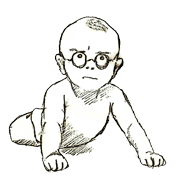
But the most common way that I’ve made my own images is by taking screen shots of web pages (ALT + PrtSc) and editing them. This is on display right here in this article, like the image of the CompFight interface above. In a niche that deals with digital technology like Income Diary, it’s pretty common for a screen capture to be relevant to your article.
Can You Write a Stunningly Beautiful Blog Post?
If so, Income Diary wants to hear from you. We think that we can help our readers more by providing them with more content, more often.
That’s why we’re now accepting submissions for articles and the best part is that we’re actually paying for your work. This is chance to share your expertise with our audience of 10,000’s. Of course, you’re article will have to be informative, well-written, and stunningly beautiful.
You can fill out the submission form here and let me know in the comments below if you have any questions or other good ideas about how to use images in blog posts.
